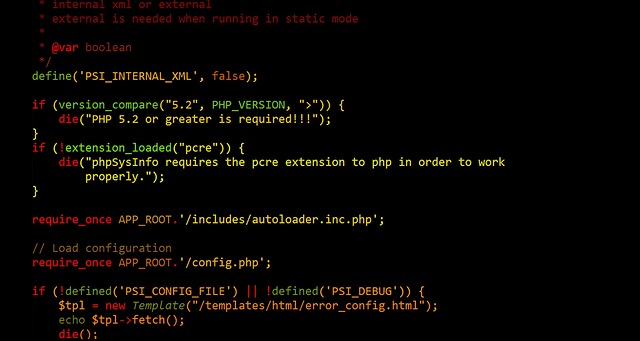In recent years, there has been a move away from traditional website building approaches to more modern, user-friendly alternatives. While the traditional methods of building websites may have been more complex and time-consuming, current tools like Gutenberg and Elementor are making it easier for web developers to create remarkable sites with minimal effort. In this article, we will compare Gutenberg and Elementor to determine which one is the ideal option for website building.
Gutenberg is a content editing tool created by WordPress. It was launched in late 2018 and is becoming the go-to tool for WordPress users who want to elevate their website building. Gutenberg is a block-based editor, meaning that users can easily add, remove, and rearrange blocks of content without having to code them. It also allows users to customize their site with custom blocks, and embed media such as images and videos.
Elementor is an open-source page builder plugin for WordPress. It was released in 2016 and has quickly become one of the most popular page builder tools. Elementor is a drag-and-drop editor, which allows users to quickly create eye-catching pages with minimal effort. Elementor also allows users to customize their site with custom blocks, and easily embed media such as images and videos.
When comparing Gutenberg and Elementor, there are several elements to think about. Ease of Use: Both Gutenberg and Elementor are user-friendly and easy to use. Nevertheless, Elementor is possibly the easier of the two to use, as it is a drag-and-drop editor. This makes it quicker for users to create pages without having to manually code or rearrange blocks. Flexibility: Gutenberg is a block-based editor, meaning that users can easily add, remove, and rearrange blocks of content without having to code them. This makes it easier for users to customize their website with custom blocks. On the other hand, Elementor is limited in its flexibility, as it only allows users to rearrange blocks, not add or remove them. Features: Both Gutenberg and Elementor have a range of features that make them both powerful tools for website building. Gutenberg has a wide range of blocks and tools, as well as a powerful text editor that allows users to easily customize their content. Elementor, on the other hand, has a range of design elements, such as columns, buttons, and more, that make it easier for users to create beautiful pages with minimal effort. Cost: Gutenberg is a free plugin, while Elementor is not. Elementor has several pricing plans, starting at $49/year for the basic plan.
When it comes to selecting between Gutenberg and Elementor, it ultimately comes down to personal preference. Both are powerful tools for website building and have their own unique features. However, if you’re looking for a more user-friendly and flexible option, Gutenberg is the better choice. It is free, easy to use, and has a wide range of features that make it a great option for website building.











